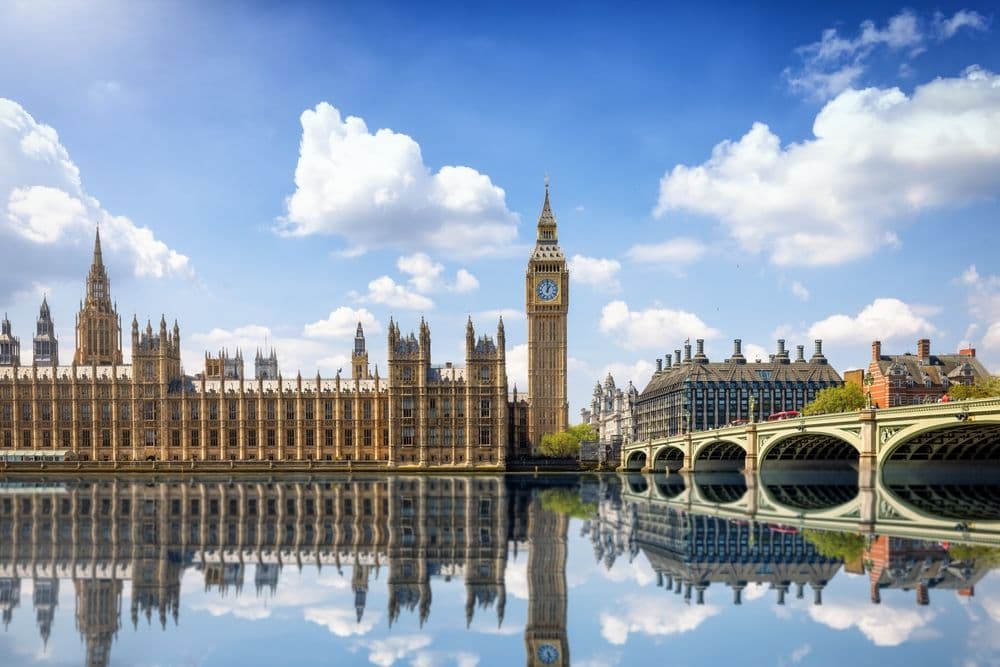 Trump’s entry into crypto sparked a speculative frenzy, netting exchanges over $172 million in trading fees. (Joey Sussman/Shutterstock)
Trump’s entry into crypto sparked a speculative frenzy, netting exchanges over $172 million in trading fees. (Joey Sussman/Shutterstock)The TRUMP token, deployed on January 17, 2025, three days before Donald Trump’s second presidential inauguration, briefly soared to a market capitalization of approximately $15 billion. It later stabilized closer to $1.9 billion. Despite having no utility, white paper, or development team, the token attracted immense trading activity, driven by political fandom and online hype.
The financial outcome of this speculative frenzy was dramatic. Crypto exchanges have reaped substantial gains from Trump’s entry into the digital asset space. According to Reuters, the TRUMP token generated over $172 million in trading fees across the ten exchanges reviewed.
Much of the token’s supply remains tightly controlled. Roughly 80% of the total one billion tokens are held by two Trump-affiliated companies, CIC Digital LLC and Fight Fight Fight LLC, set to be gradually unlocked over a three-year vesting schedule. This high concentration of token ownership would normally be considered a red flag, yet exchanges pushed forward with listings, citing unprecedented demand.
Regulatory observers voiced concerns about the risks to investors. The New York Department of Financial Services noted that meme coins often list on unlicensed exchanges and can be especially prone to manipulation when ownership is centralized. While there is no direct evidence that Trump himself profited from the token’s early surge, the structure raised conflict-of-interest warnings, especially given his dual role as president and public promoter of blockchain initiatives.
A small group of wallets reaped massive profits, while the majority of investors saw significant losses. Approximately 45 wallets, likely insiders or early holders, earned a combined $1.2 billion, while 712,777 wallets lost about $4.3 billion. Meanwhile, more than 500,000 wallets recorded moderate gains, with an average profit of around $5,656 each.
Adding fuel to the controversy, Trump’s team organized exclusive events tied to token holdings. On May 22, the top 220 token holders were invited to a private dinner at Trump National Golf Club. The top 25 wallets, each holding over $5 million worth of TRUMP memcoins, were later granted White House access. These perks triggered additional price rallies, as investors scrambled to increase their holdings in hopes of gaining influence or proximity to the administration.
Despite the criticism, the TRUMP token likely falls outside the scope of the U.S. Securities and Exchange Commission, as it does not meet the standard definition of a security under the Howey Test. Trump’s administration has also pivoted toward a more favorable crypto regulatory stance, including appointing a pro-crypto SEC acting chair and introducing proposals to establish a national Bitcoin reserve.
The TRUMP memecoin offers a revealing example of the complexities surrounding celebrity-linked crypto projects. While exchanges and early holders saw significant gains, many retail investors faced notable losses. As regulation continues to trail behind rapid market developments and political figures become more closely associated with digital assets, the token’s rise prompts broader questions about fairness, transparency, and the importance of public trust in the evolving crypto landscape.

VASA bill paves way for Taiwan’s first stablecoin in 2026

OpenAI hits “code red” as pressure rises on ChatGPT

UK brings domestic crypto users into CARF

Democrats report accuses Trump of crypto move